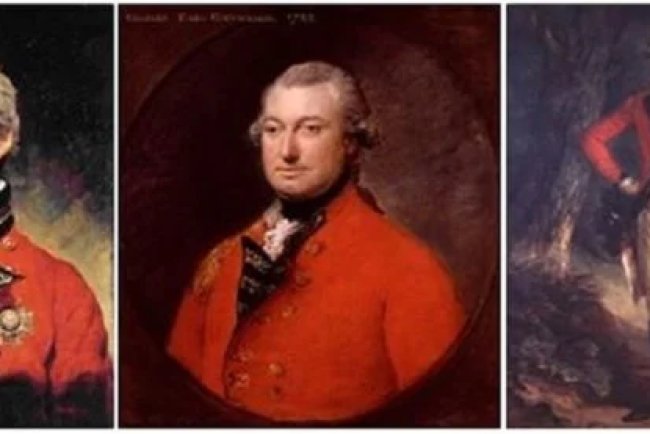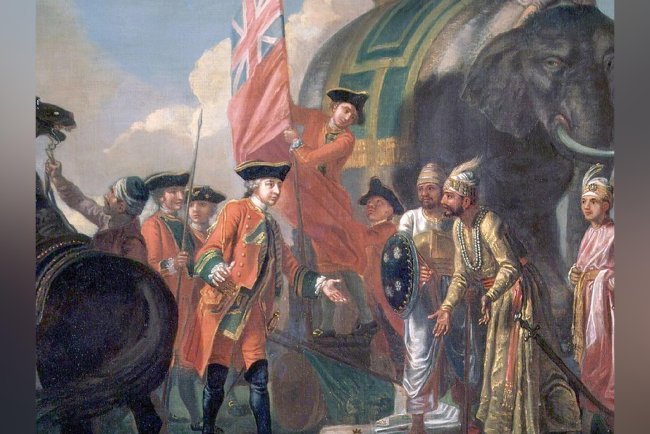Subsidiary Alliance and Doctrine of Lapse
the significant historical strategies of the Subsidiary Alliance and Doctrine of Lapse in India, led by key figures like Lord Wellesley and Lord Dalhousie. Discover how these policies expanded British power, impacted Indian states and rulers, and reshaped the subcontinent's political landscape. Dive into this pivotal period to understand the profound effects on India's history and sovereignty.

Table of Contents
- Expansion of British Power in India
- Lord Clive's Dual Government (Diarchy)
- Lord Wellesley's Subsidiary Alliance
- Dalhousie's Doctrine of Lapse (1848-56)
Expansion of British Power in India
The expansion of British power in India was carried out by five individuals: Lord Clive, Warren Hastings, Cornwallis, Wellesley, and Dalhousie.
Subsidiary Alliance and Doctrine of Lapse in Hindi
- Clive laid the foundation of the English Empire.
- Warren Hastings strengthened the foundation.
- Cornwallis began constructing the building.
- Wellesley completed the building.
- Subsequent governors finished the work.
They adopted three major policies:
Lord Clive's Dual Government (Diarchy)

After Plassey, dual government was initiated because of the threat that:
- If they took direct power, their true nature would be exposed to the people.
- Other foreign companies might refuse to pay taxes.
- There could be interference from the English Parliament.
- Agriculture and industries might decline.
In 1772, Warren Hastings abolished the dual government. British historian Thomas George Percival Spear called it "shameless loot."
Lord Wellesley's Subsidiary Alliance

Wellesley wanted to make the British company the supreme power. French Governor Dupleix first used the subsidiary alliance system. Generally, it means a security agreement between two or more powers, but in the context of India, it meant a forced agreement with a superior power, leading to the erosion of sovereignty.
The first subsidiary alliance began with the Nawab of Awadh in exchange for assistance, but the real start was in 1798 with Hyderabad. States that accepted the subsidiary alliance include:
- Hyderabad (1798, 1800)
- Mysore (1799)
- Tanjore (1799)
- Awadh (1801)
- Berar's Bhosle (1803)
- Scindia (1804)
- Jodhpur
- Jaipur
- Macheri
- Bundi
- Bharatpur
The Holkars of Indore did not accept this policy.
- No enemy state person would be given asylum without the company's approval.
- No war, treaty, or friendship could be made without permission.
- The company would station its army in the state, and the state would bear the cost.
- A British resident would be in the court for administration.
- There would be no interference in the internal governance of the rulers, and protection would be provided against external invaders.
This ended French influence, and Indian states could no longer form alliances. Indian rulers became nominal rulers and went bankrupt due to constant demands for money, leading to the decline of handicraft industries as Indian rulers were the buyers and patrons.
Thomas Munro said, "The native states sold their independence, national character, and everything that made the country great for security."
Dalhousie's Doctrine of Lapse (1848-56)

This period was significant in history due to active administration. The aim was to expand British power by any means possible. If a ruler of a protected state died without a natural heir, an adopted son would not succeed. The tradition of adoption existed in India since ancient times. The Doctrine of Lapse was implemented based on power:
- Satara (1848) - Adopted son was declared invalid.
- Jaitpur and Sambalpur (1849)
- Baghat (1850)
- Udaipur (1852)
- Jhansi (1853)
- Nagpur (1854)
What's Your Reaction?















